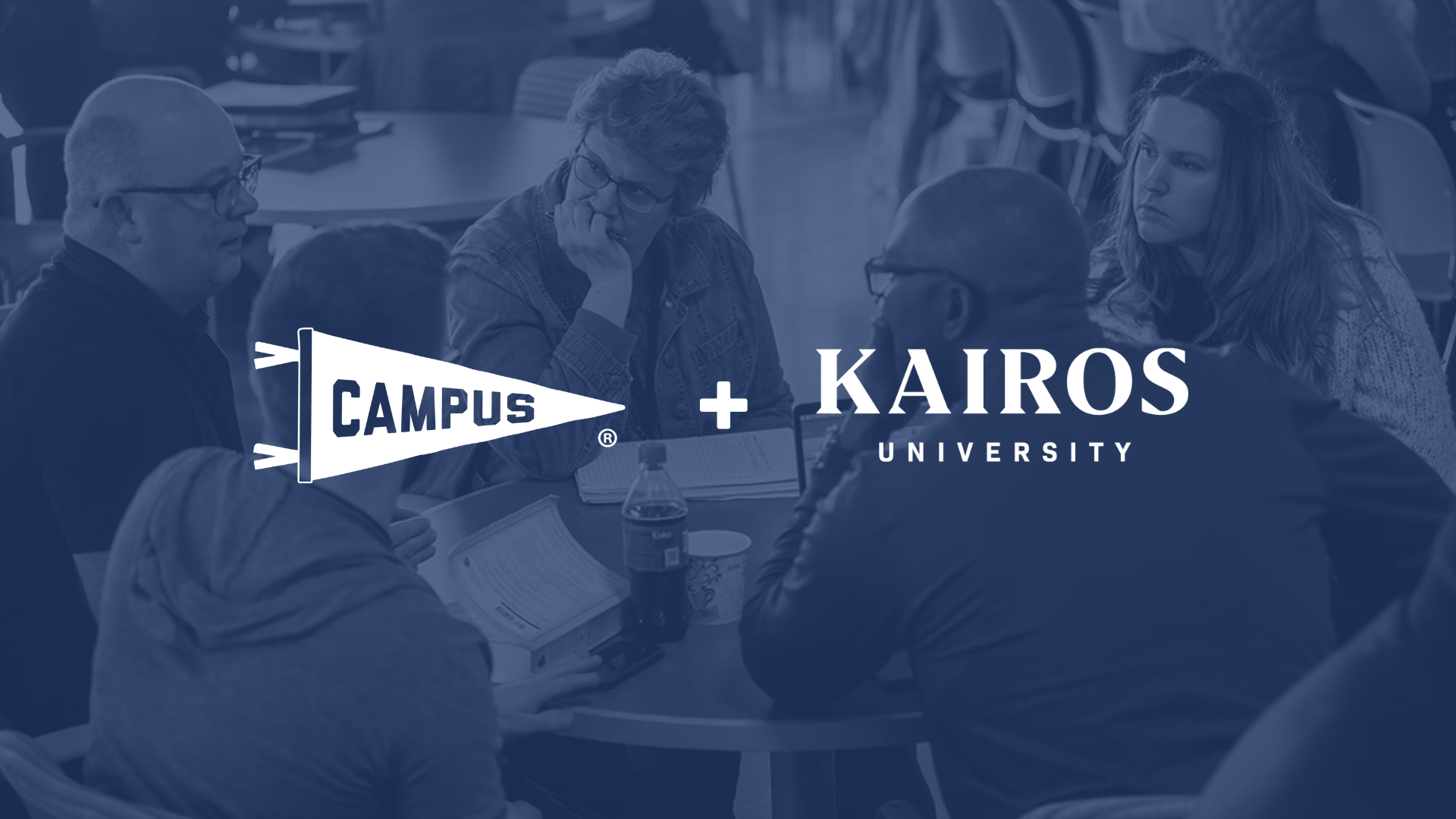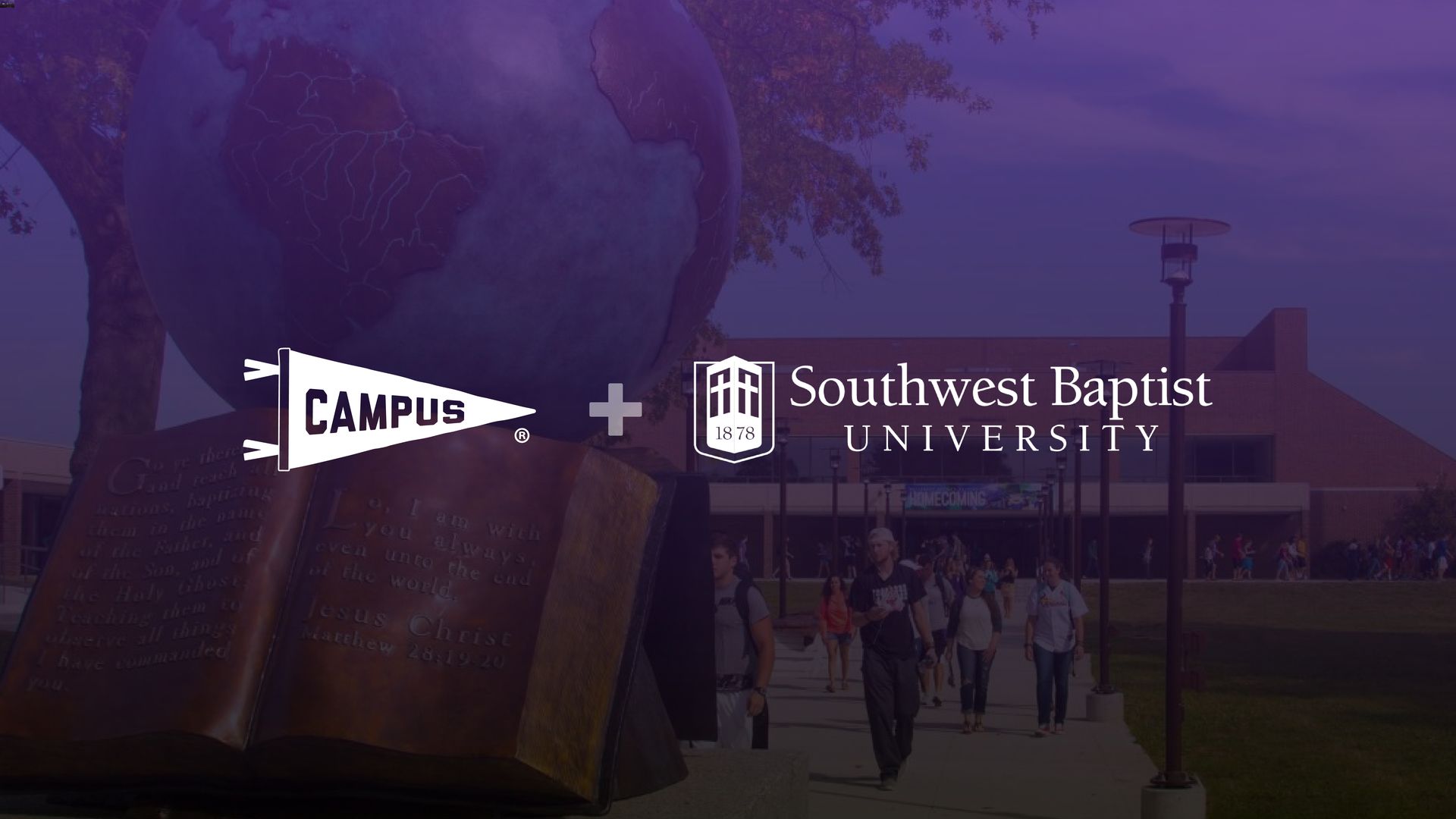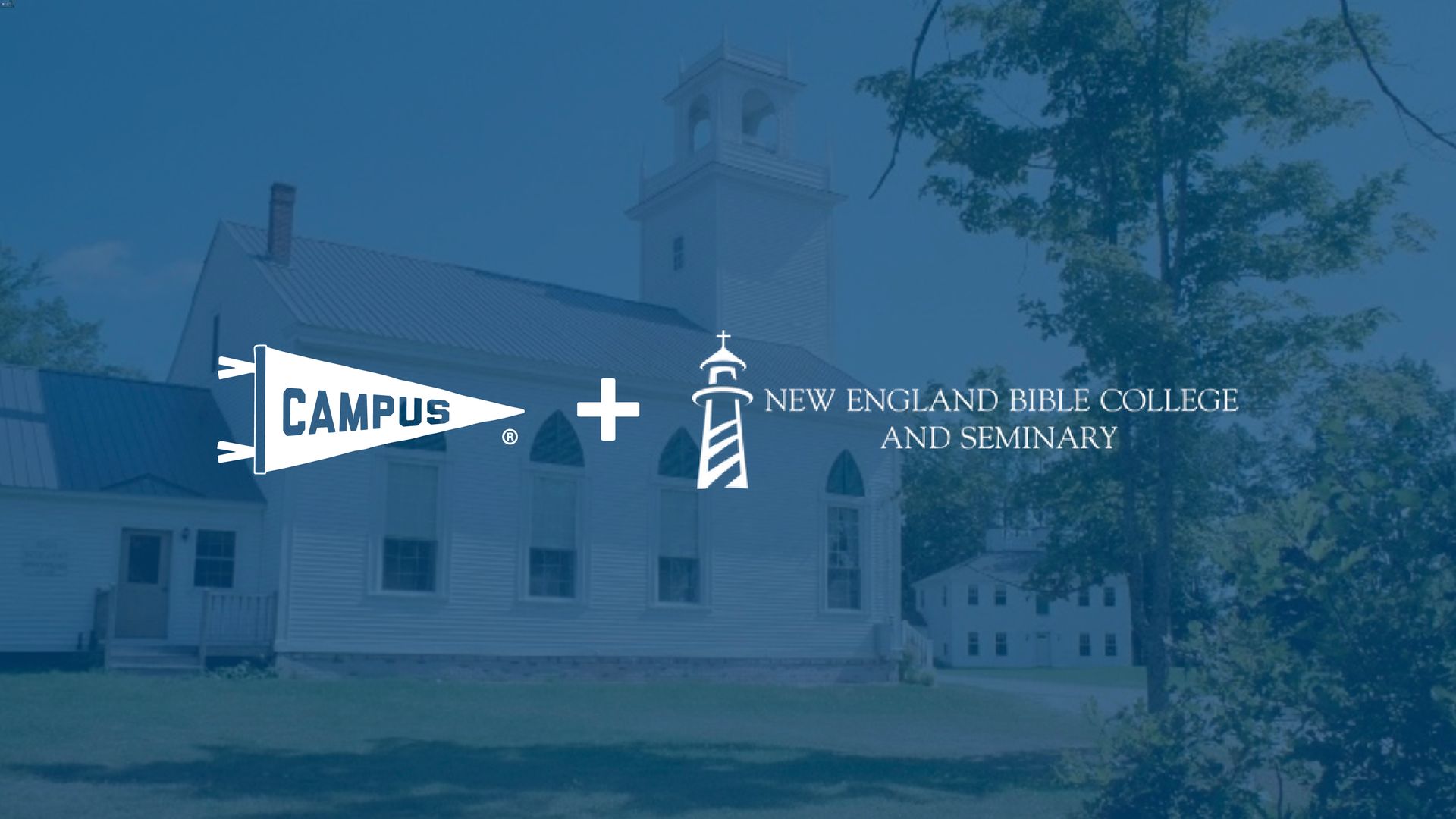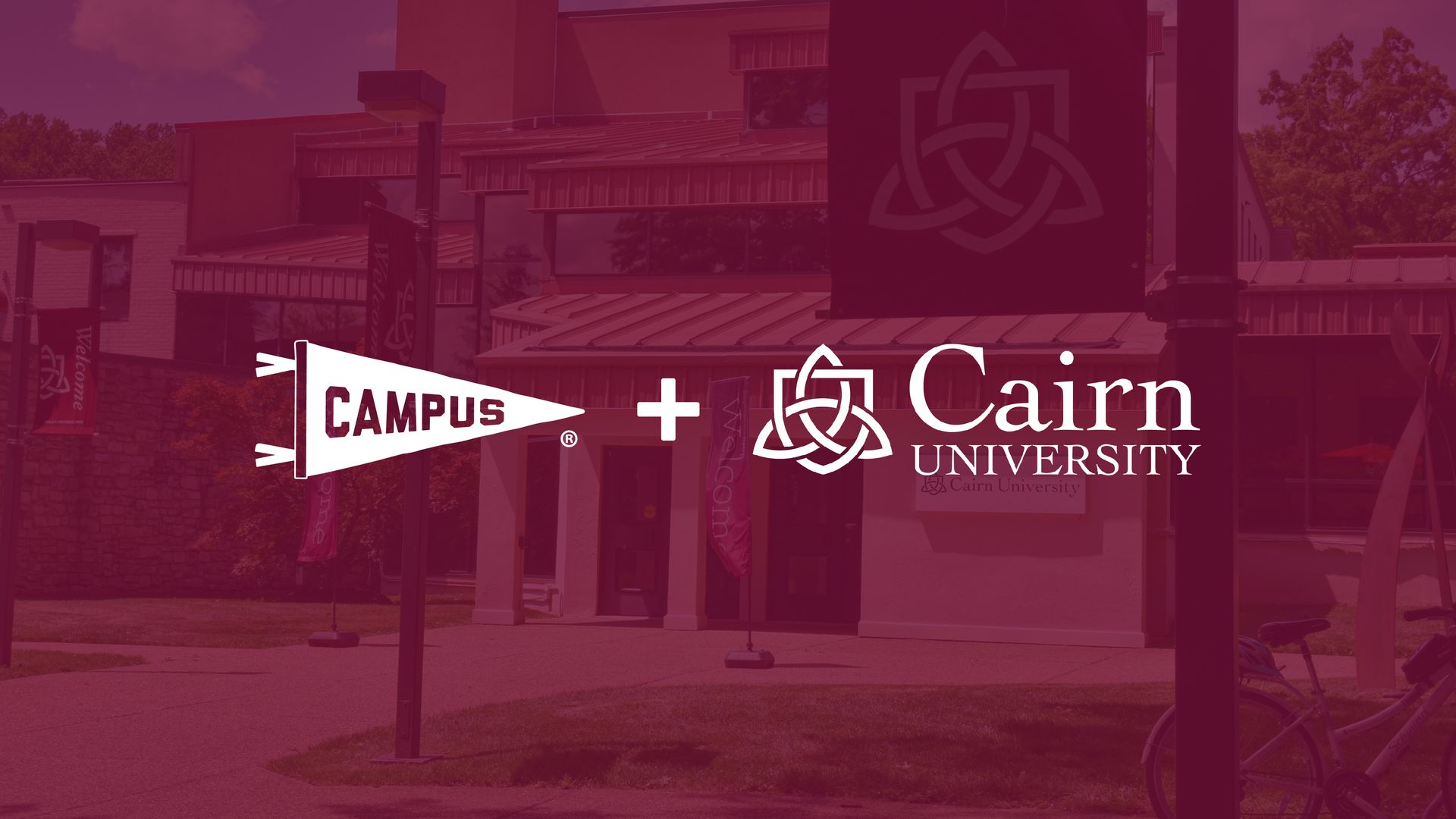Learner-centered Strategy: Place
Erin Crisp
February 21, 2022
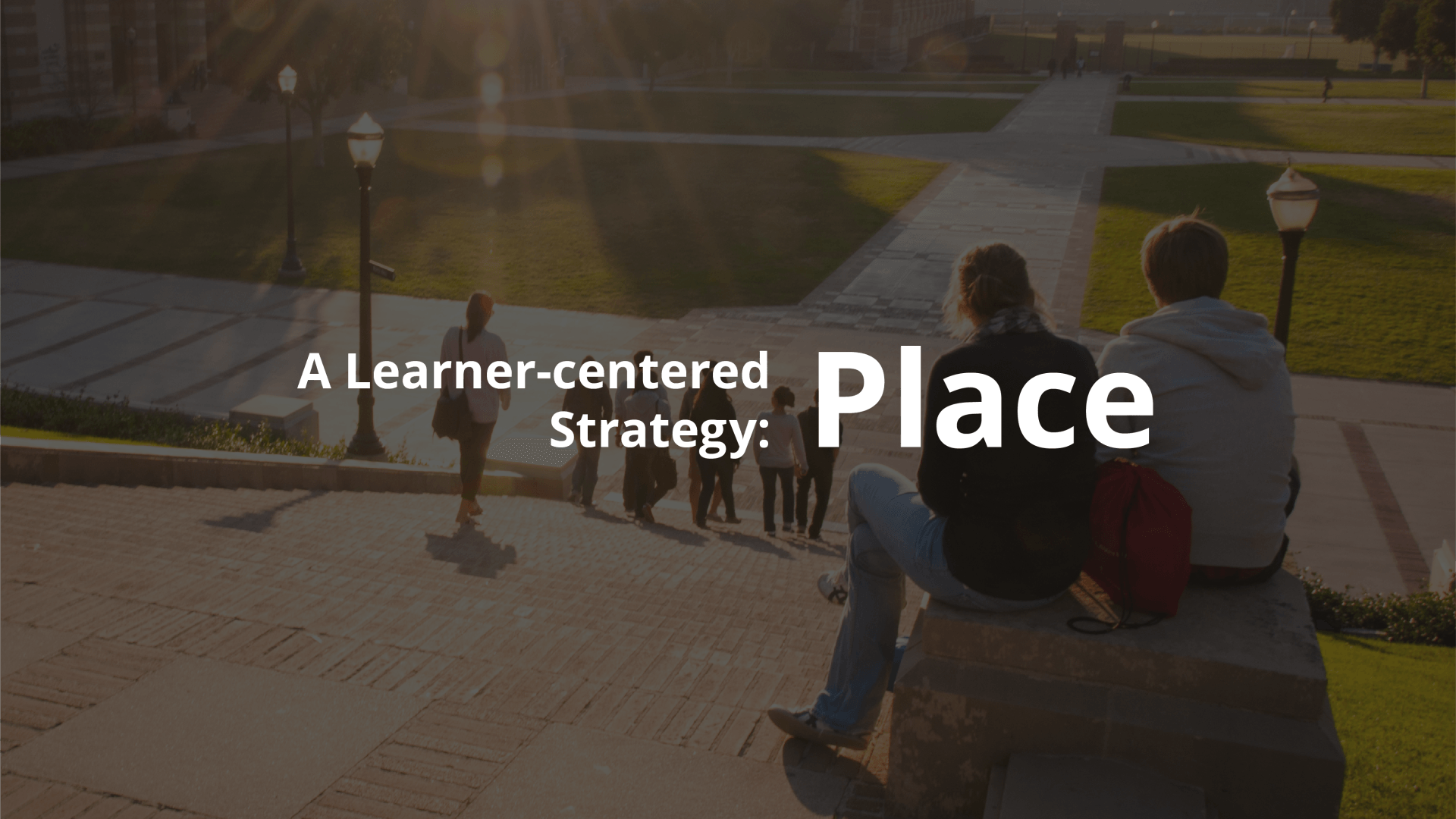
A Learner-centered Strategy: Place
Written by: Erin Crisp, Ed.D.
I have three teenage boys who are great friends and share a deep sense of connection. In addition to playing basketball or lifting weights together, they can often be found playing computer games from their separate bedrooms, together, for hours at a time. They use Discord to talk to one another through headphones while they each assume a different character in a multiplayer world. I asked them one evening if they felt like they could have meaningful relationships with people they never met in-person, and they laughed, “Absolutely!”
Some students of the future (and today) will have trouble understanding why we think there is anything special about living on a residential college campus. According to Rinn (2004) benefits include: managing emotions, becoming autonomous, establishing identity, freeing interpersonal relationships, clarifying purposes, and developing integrity.1 Parents who prioritize a residential college experience for their learners are probably thinking about these intangible benefits along with Christian spiritual development and discipleship in our faith-based schools.
In today’s landscape though, there are dozens of reasons that the traditional, residential college campus doesn’t fit well for young students who have all of the same intangible desires for college as their parents. We will only explore two in this article-- mental health and work. Students with needs in either of these categories may have a desire for the intangibles of a residential college community, but they will be increasingly confused by a lack of flexible options for their location while learning.
First, deteriorating mental health is a pressing concern among today’s teenagers and young adults. A recent US Surgeon General’s advisory report states that “from 2009 to 2019, the share of high school students who reported persistent feelings of sadness or hopelessness increased by 40%, to more than 1 in 3 students.” The situation was dire already, but “the COVID-19 pandemic further altered their experiences at home, school, and in the community, and the effect on their mental health has been devastating.”
One could argue that online learning has been a cause of the deterioration in mental health, but it could also be argued that the tools of online learning are just tools misapplied. In the same way that a hammer doesn’t cause my thumb to throb all on its own, an LMS on its own doesn’t cause depression. It could be that we all need to develop skill with the online learning tools that we have at our disposal.
For some young students, the thought of leaving their support network is unthinkable. Providing flexibility means giving the learner time to choose the college entry point that works best for them without feeling as though they are falling behind their peers. Could a church group, community group, homeschool co-op, or other affinity network be that place of support a student needs while they study? A college’s online strategy might target learning and support through affinity groups with multiple on-ramps to an in-person college experience.
Second, for some new high school graduates, there is a need or desire to join the workforce immediately. These students have needs for flexibility because of workplace responsibilities. A group of 180 educators and researchers recently formed an NSF funded think-tank at Stanford University to research and publish effective practices for an applied science to support working learners. The nine recommendations for study indicate that the majority of learners’ needs in the United States are not adequately addressed with today’s dominant traditional, residential college model.
Today’s adult online programs were designed for the older working adult who likely enrolled in a degree to advance in a career or re-skill for change. As evidenced by the higher attrition rates in fully online programs, fostering motivation, encouragement, fun, relationships, curiosity, and a joy for learning were not high priorities for the early 2000’s era adult online education model. For online learning aimed at younger working adults, a new online course design framework is needed to increase persistence and a sense of belonging.
Residential college campuses that embark on a strategy to provide flexible places for learning have an opportunity to contribute to the research on working learners. For example, to what extent do 18-year-old working learners feel a sense of belonging when the majority of their coursework is online? What has been tried to intentionally include them? What works, when does it work, and why? What about VR or game-based environments for fostering connection to other learners, faculty, and the university?
A final word on place-- BLENDED (see blended learning toolkit here). A flexible learning environment could provide a blend of in-person and online options.
.
Evaluate your current landscape at your institution, and look for the one-degree shifts that could provide blended learning options that are sustainable and robust-- not a response to an emergency. Collect evidence and conduct experiments to learn more about how to meet students’ felt needs for flexibility-of-place while also inviting them into authentic learning communities.
1https://digitalcommons.unl.edu/cgi/viewcontent.cgi?article=1153&context=nchcjournal
The Campus Blog
